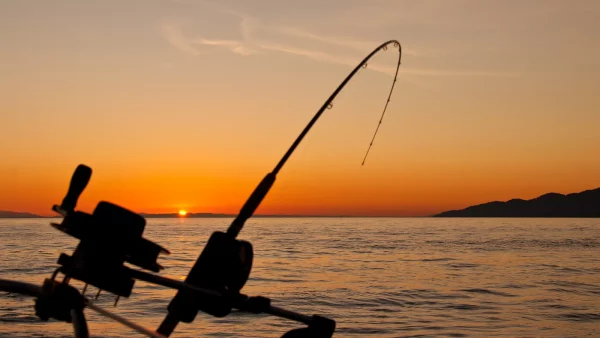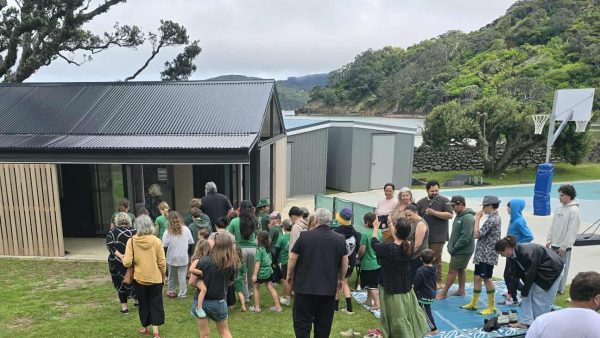The quest to capture a crafty rat from the pest-free shores of Motutapu has escalated, as conservation teams pull out all stops with the approaching nesting season. The unwelcome visitor was first spotted by a sharp-eyed DOC ranger in late April, setting off alarms across the conservation community.
While current surveillance suggests this might be a lone rat, the fear of uninvited companions looms large. In a dramatic response, DOC and Ngāi Tai Ki Tāmaki have rolled out extra tracking tunnels and cameras, even bringing in conservation dogs to sniff out the intruder. Despite the high-tech gear and bait-laden traps, this crafty critter continues to give the slip.
DOC’s strategy has taken a more aggressive turn with the deployment of the potent poison brodifacoum, hidden in bait stations tucked away across the island. “The island is of high conservation value, and is actively used for threatened species recovery programmes,” states Kat Lane, DOC Inner Hauraki Gulf Islands Operations Manager, underlining the urgency to keep the island a rat-free zone.
This rat poses a real danger, especially to the seven critically endangered tūturuatu shorebirds currently on Motutapu. Their survival is precarious, susceptible as they are to mammalian threats. In light of the rat’s presence, plans to introduce more juvenile birds to the island are now paused.
As July looms, with it comes the nesting season for a range of sea and shore birds, their eggs and chicks particularly vulnerable to predation. Motutapu also serves as a sanctuary for rare species like the tīeke/saddleback, kākāriki/parakeet, korimako/bellbird, and kororā/blue penguin, further amplifying the stakes.
The mystery of how this rat breached the island’s defenses remains. Lane hints at a few possibilities: a stowaway in a boat, gear, or perhaps even a daring swim or float over from the mainland—after all, Norway rats can manage a 3 km swim.
Lane’s advice to Aucklanders: play your part. Check your boats and gear for any stowaways—rats, mice, ants, and skinks—before you set sail, and don’t forget those traps and bait stations, both on your vessels and where they’re stored.







